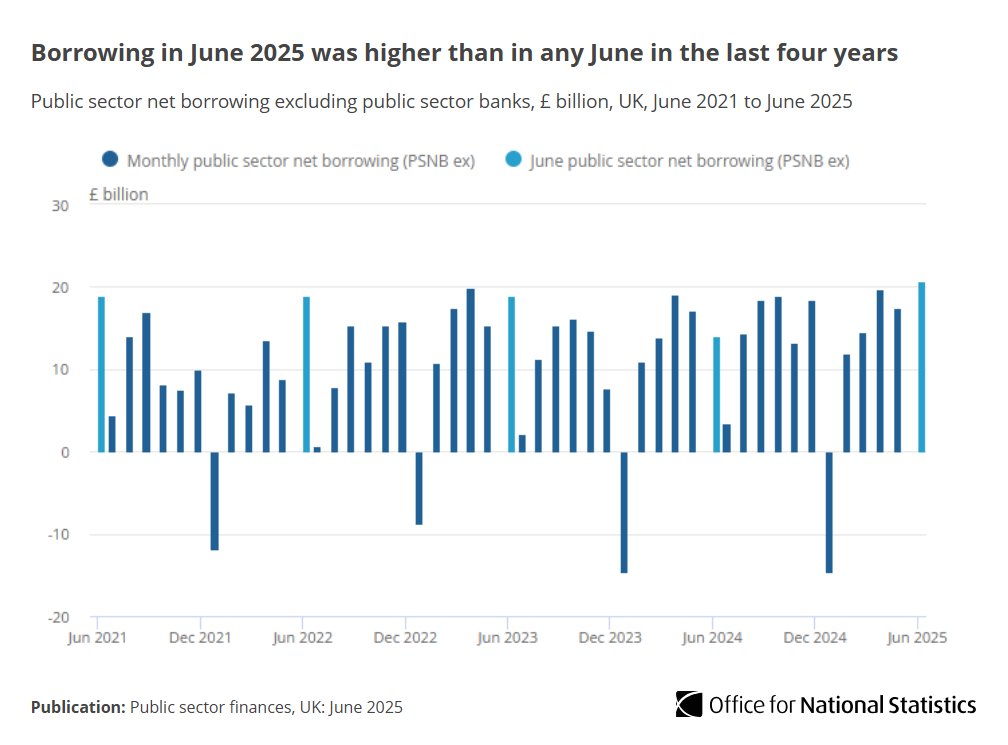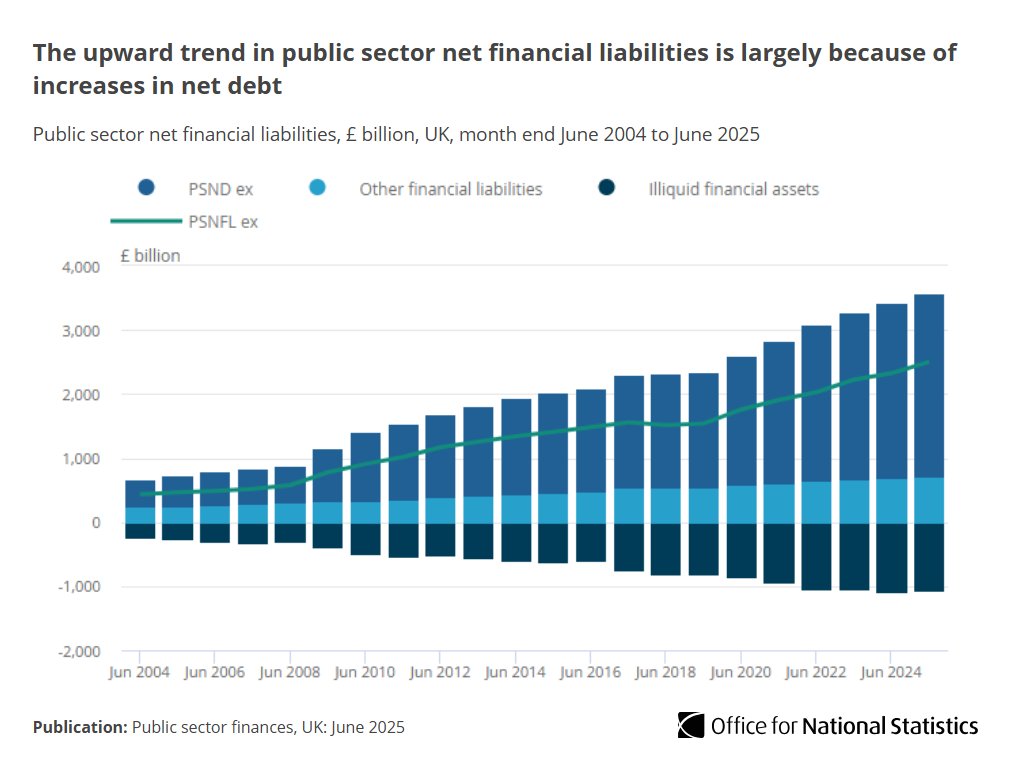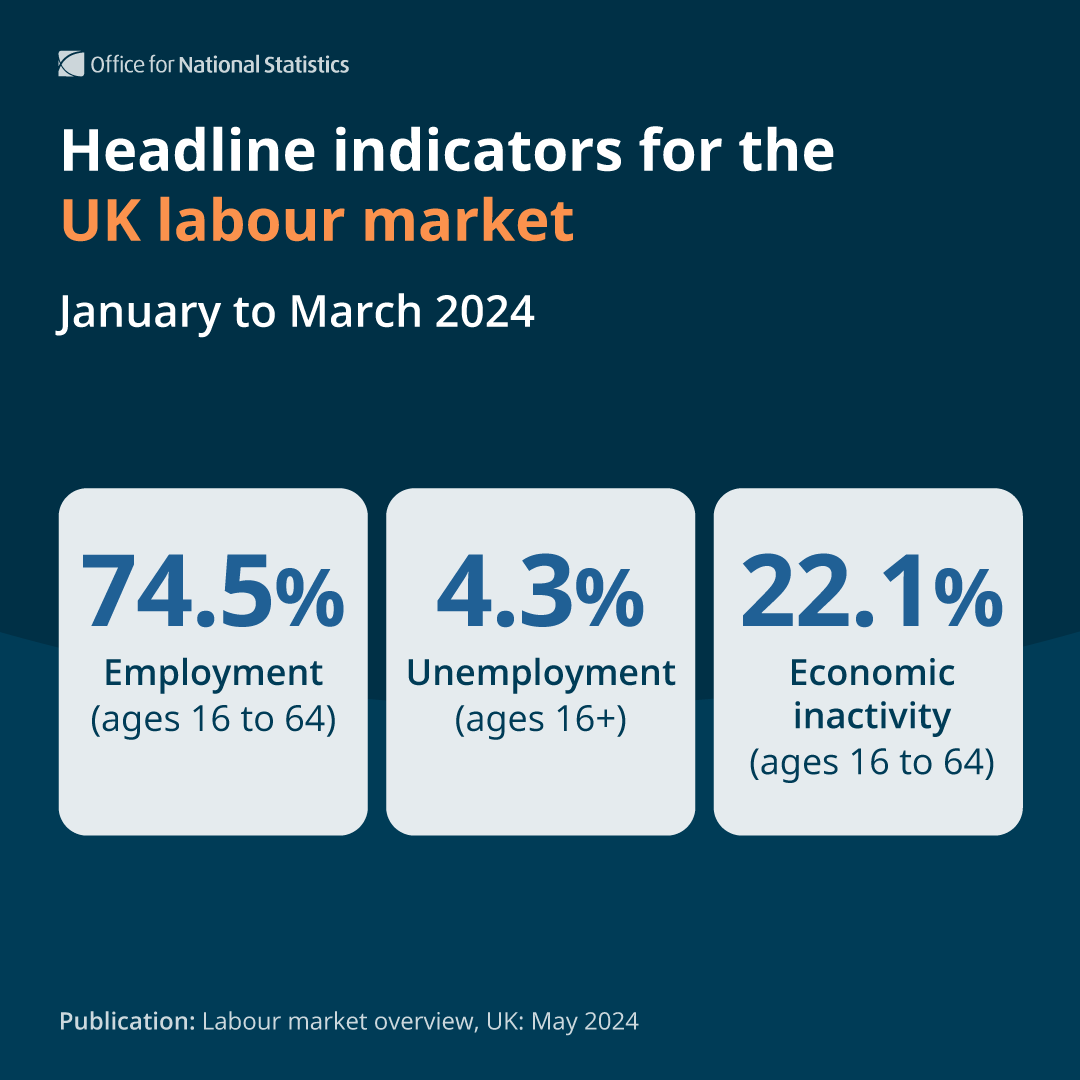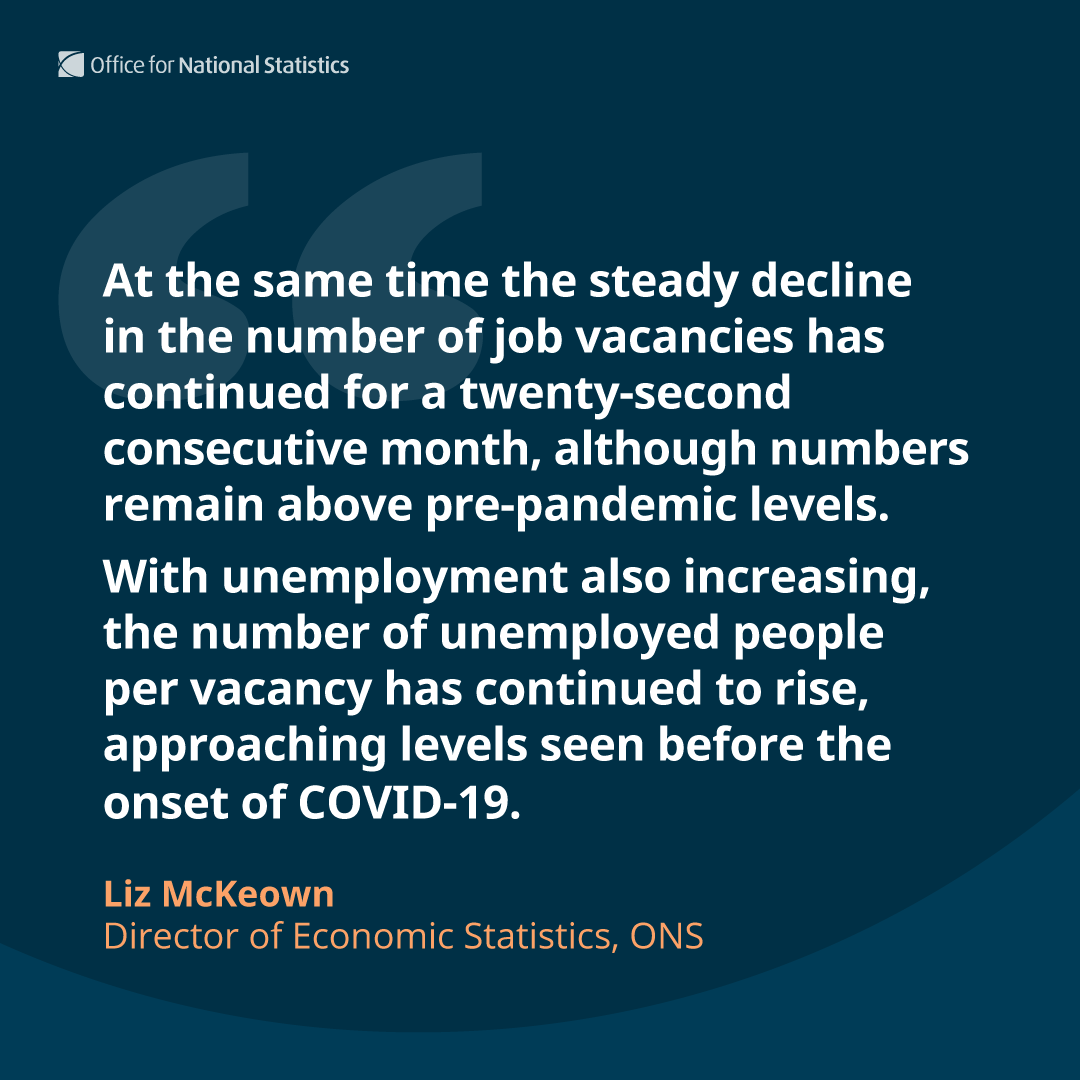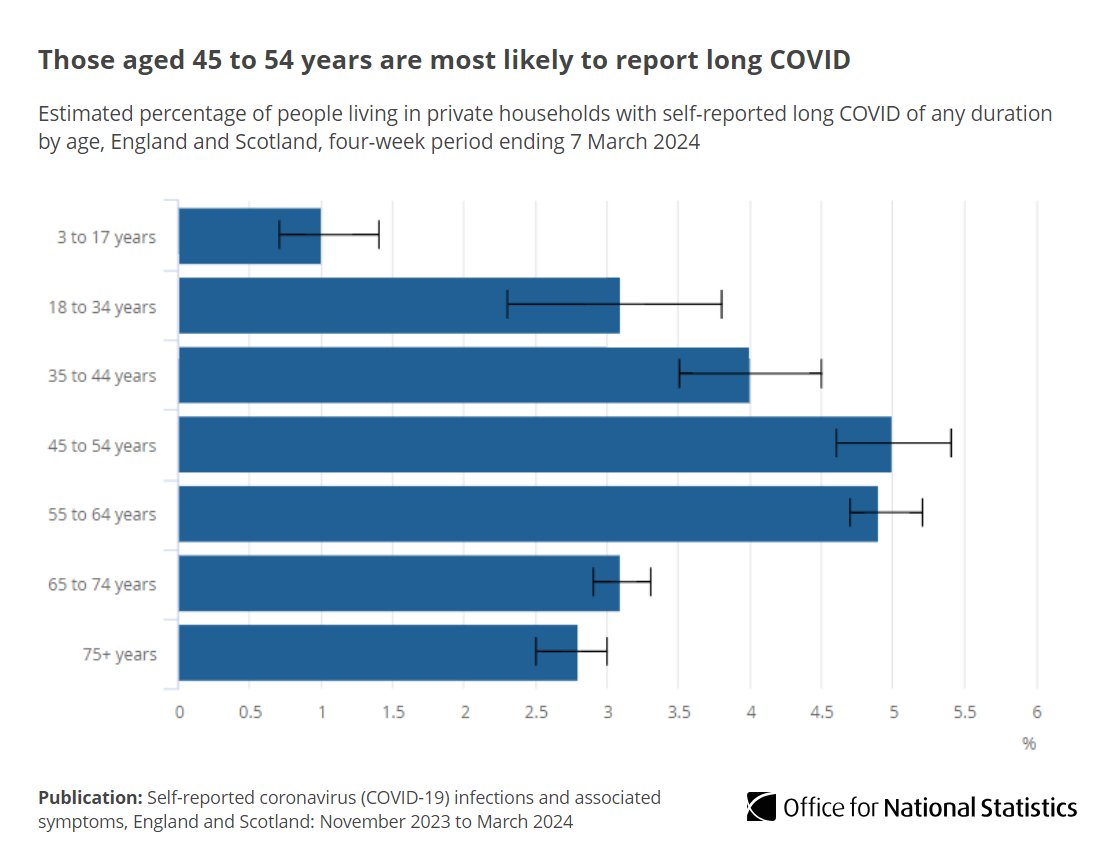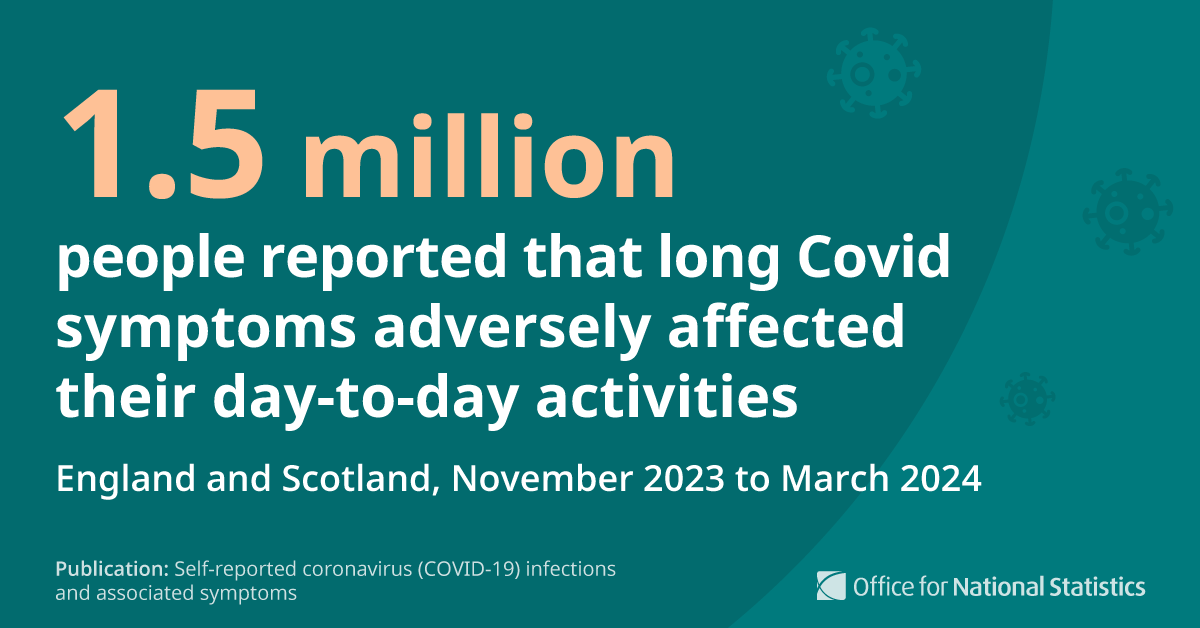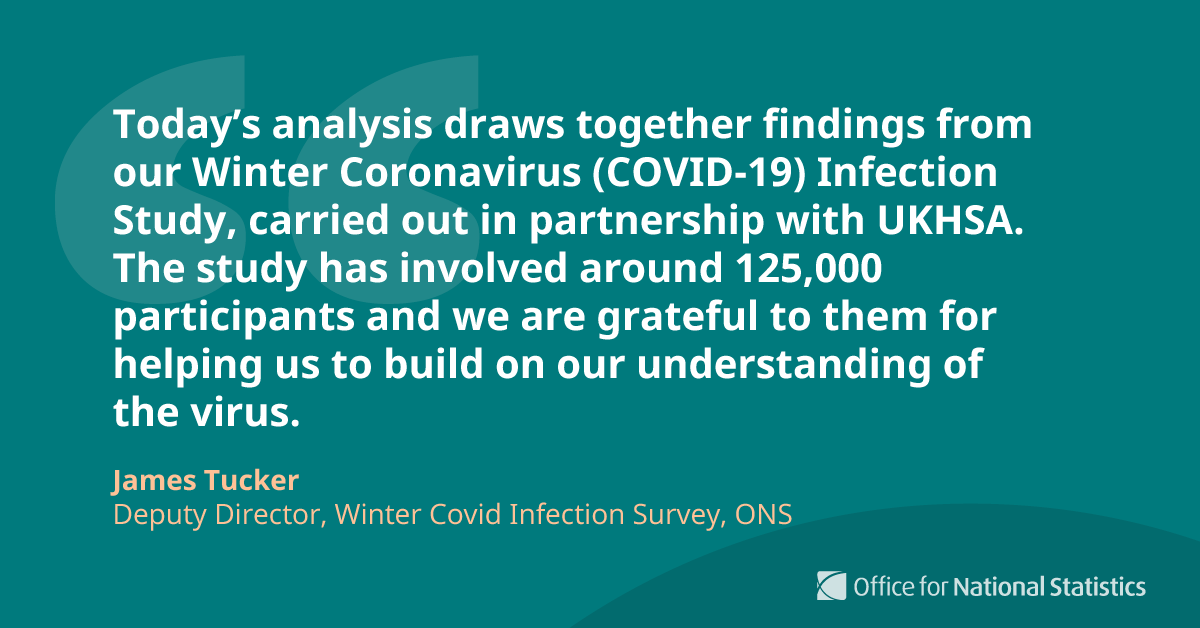How we live in England and Wales changed dramatically between 1961 and 2011. Newly digitised data can now show these changes locally for the first time 💻
Our article compares areas with a series of interactive maps to see what’s changed in 50 years ow.ly/Pvtk50FN6ge
Our article compares areas with a series of interactive maps to see what’s changed in 50 years ow.ly/Pvtk50FN6ge

In some areas of England and Wales in 1961, more than half of homes didn’t have toilets indoors or attached to a property 🚽
Instead, toilet access could have been in a separate building in the garden, or sometimes, a communal toilet for the street 🧻
Instead, toilet access could have been in a separate building in the garden, or sometimes, a communal toilet for the street 🧻

Divorce has risen tenfold and fewer people are married 💔
⬆️ 68% of people were legally married in 1961 and 0.8% were divorced.
⬇️ In 2011, 49% were legally married or in a civil partnership, and 9% divorced or in a legally dissolved civil partnership
⬆️ 68% of people were legally married in 1961 and 0.8% were divorced.
⬇️ In 2011, 49% were legally married or in a civil partnership, and 9% divorced or in a legally dissolved civil partnership

The population also increased between 1961 and 2011, which could be because people are generally living longer than they did in the 1960s 👶
Rural areas became more urbanised as the population grew and cities spread 🌳
Explore our interactive map ➡️ ow.ly/kiC250FN6ow
Rural areas became more urbanised as the population grew and cities spread 🌳
Explore our interactive map ➡️ ow.ly/kiC250FN6ow
Households had fewer people per room in 2011 than 1961 🏘
Nearly every local area as they were in 1961 has seen an increase in the number of households that have one person per room or less, showing households have more rooms available per person to live in 🚪
Nearly every local area as they were in 1961 has seen an increase in the number of households that have one person per room or less, showing households have more rooms available per person to live in 🚪

More people owned a home in 2011 than 50 years before 🏡
⬇️ Only 43% of households owned their own home in 1961, and in some areas of central London, home ownership was lower than 10%
⬆️ In the 2011 Census, home ownership had risen to 64%
➡️ ow.ly/Hvho50FN6rO
⬇️ Only 43% of households owned their own home in 1961, and in some areas of central London, home ownership was lower than 10%
⬆️ In the 2011 Census, home ownership had risen to 64%
➡️ ow.ly/Hvho50FN6rO

• • •
Missing some Tweet in this thread? You can try to
force a refresh


